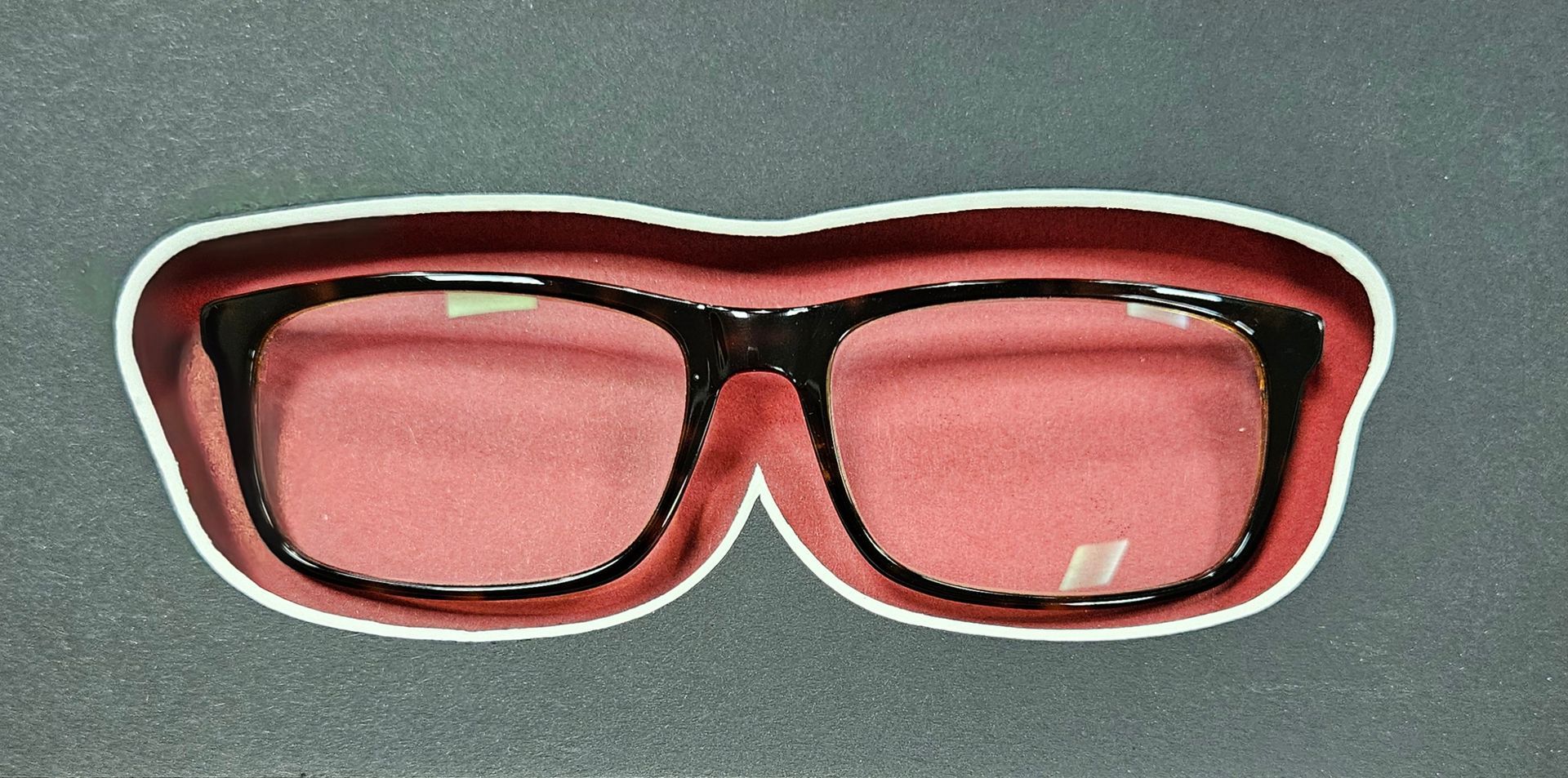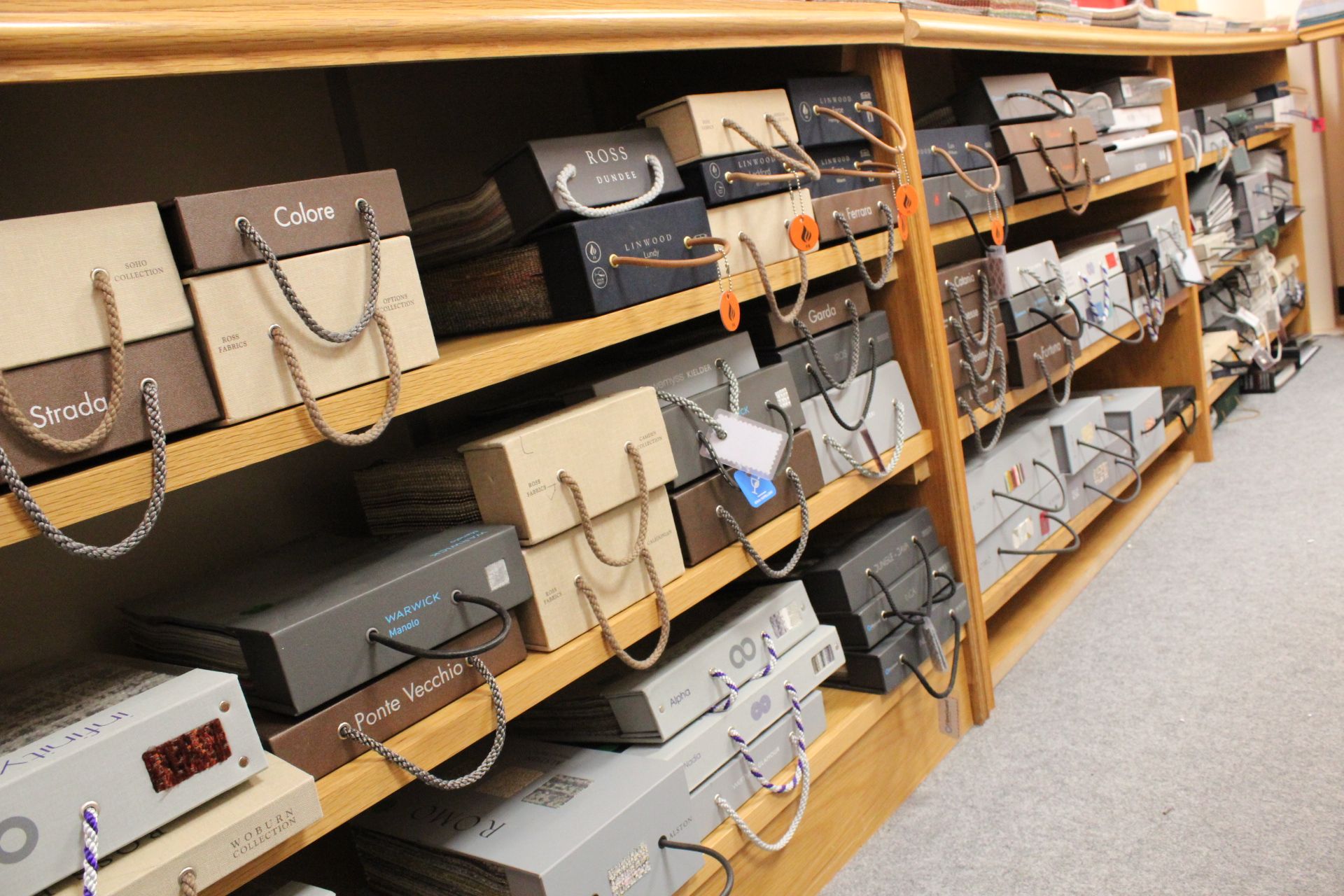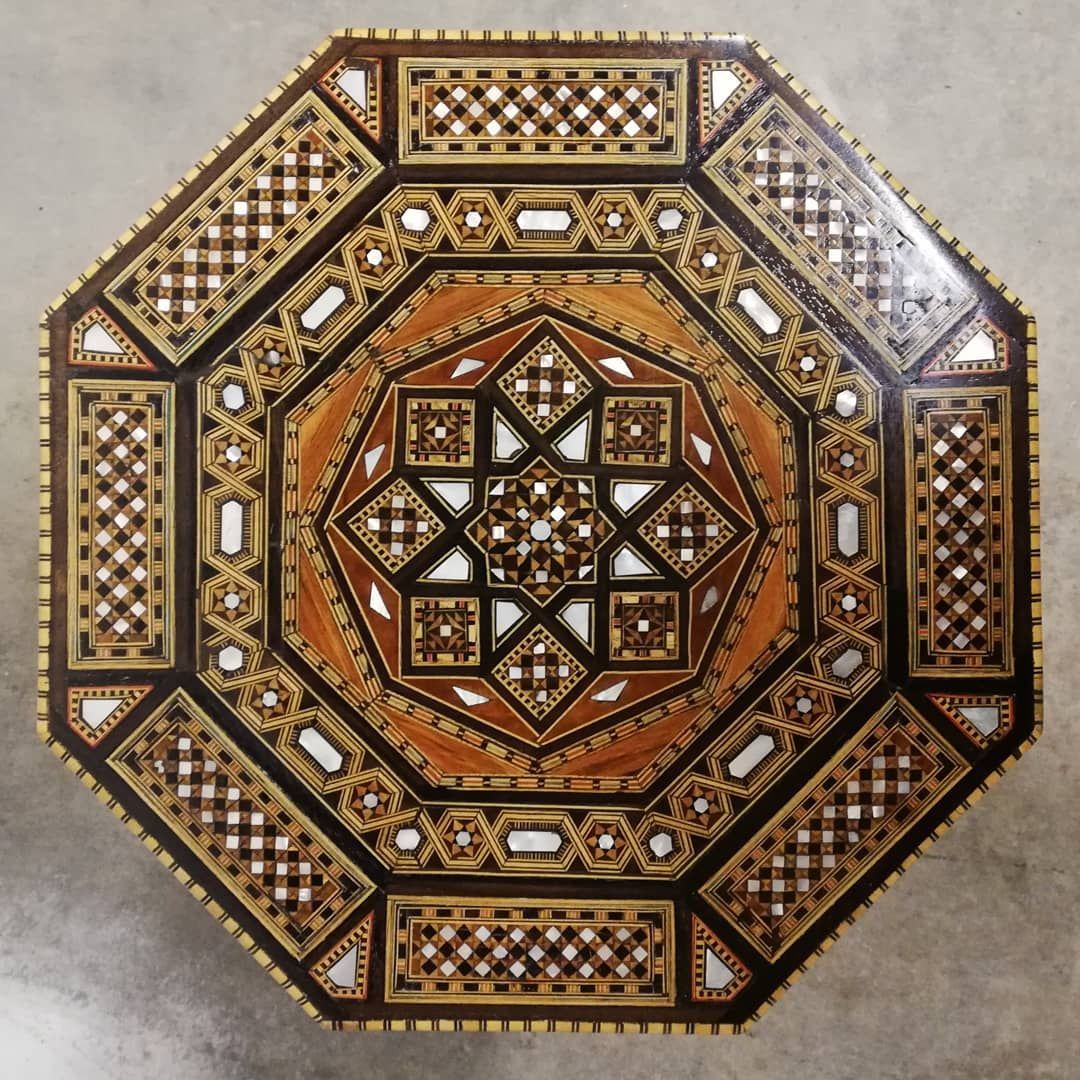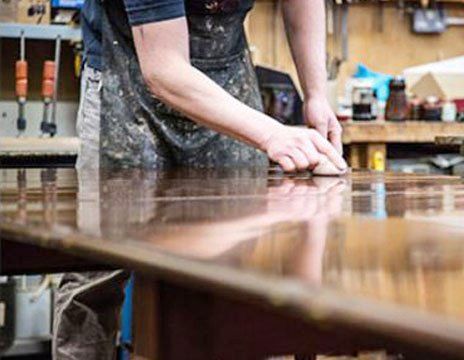Everything you Need to Know about French Polish
French polish is a type of wood finish that was developed in the 19th century and is still widely used today.
French polish is named after the French cabinetmakers who popularized the technique in the 19th century. However, the use of shellac as a wood finish can be traced back centuries earlier to Asia.
The technique involves applying multiple thin layers of shellac, a resin made from the secretions of the lac bug, to a wooden surface. The result is a glossy, smooth, and highly protective finish that is perfect for fine furniture, musical instruments, and other delicate items.
French polish is typically applied with a soft cloth, such as a cotton swab, and requires a lot of patience and skill to master. The process involves applying thin layers of shellac and buffing each layer until it is smooth and glossy.
French polish offers several advantages over other types of wood finishes. It is durable, heat-resistant, and water-resistant, and it does not yellow over time like some other finishes can. Additionally, it is easy to repair and touch up, making it ideal for valuable or highly used items.
French polish can be time-consuming and labor-intensive to apply, and it requires a lot of skill to get right. Additionally, it is not as durable as some other finishes, such as polyurethane, and it can be more easily damaged by solvents and other chemicals.
To maintain the beauty of a French polished surface, it is important to clean it regularly with a soft cloth and avoid exposing it to harsh chemicals or extreme temperatures. In the event of a scratch or other damage, it is typically possible to repair the finish with a touch-up using shellac and a soft cloth.
Whilst the majority of our polishing treatments are done at our workshop in Hertfordshire, where necessary visits can be made on site. We cover the Hertfordshire, Bedfordshire and the Greater London area












